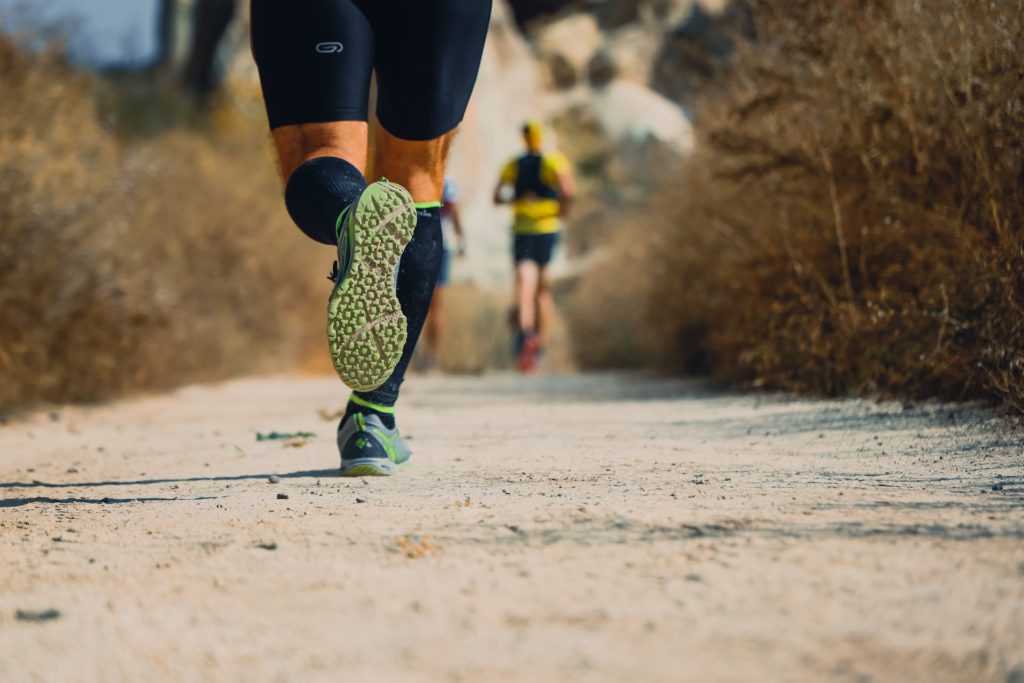Trail running is a challenging and energising outdoor exercise requiring specialised equipment to ensure performance and safety. The trail running shoe is one of the gear’s most important components. Finding the ideal fit for your trail excursions might be challenging given the wide range of options, including well-liked options like Nike trail shoes. This post will walk you through the qualities you must have in a trail running shoe and those you can live without.
Choosing the Correct Shoe for the Right Trail
Thinking about the type of terrain you’ll be navigating is the first step in choosing the ideal trail running shoe. The difficulties presented by various paths vary, and your shoe should be designed to handle them. Your shoe’s traction and durability are crucial for tackling rocky desert terrain, muddy forest trails or rough mountain roads.
Grip and Outsole
Your trail running shoe’s grip, which is frequently influenced by the outsole, is crucial. Like other Nike trail shoes, a high-quality trail running shoe has a hard outsole with substantial lugs. These lugs offer outstanding grip on uneven ground, reducing slides and boosting your stability. Therefore, Jonathan Beverly notes that footwear with multidirectional lugs performs well on uphill and downhill terrain for more challenging treks.
Rock Plates and Toe Guards for Foot Safety
When trail running, your feet are exposed to risks, such as sharp rocks and jutting roots. It would be best to opt for shoes with toe protectors and rock plates to protect your feet from harm. Rock plates protect your midsole from sharp things, while toe guards provide front-end protection to prevent stubbing toes. As O’Neil notes, these characteristics are especially important for rough terrains and tricky trails. The best options are those that create the best avenues for the safety of the people who use them.
Sizing and Comfort for the Best Fit
When it comes to trail running shoes, comfort is a need. Shoes that don’t fit properly can cause blisters, discomfort and injuries. To reduce slippage, ensure your shoe has enough toe room while holding your heel in place. Because brand sizing can differ, trying on shoes or consulting brand-specific charts is a good idea. Nike trail shoes are known for providing a close-fitting, comfortable fit.
The Balance Between Breathability and Durability
Running on trails may get sweaty, especially when there are steep climbs or it’s warm outside. Here is where the harmony between breathability and toughness is important. Your shoes must be breathable to keep your feet dry, but they must also be durable enough to resist the wear and tear of rugged terrain. Normally, it is best choosing footwear with mesh uppers to promote airflow while maintaining structural integrity.
Waterproof or Not? The Gore-Tex Tech
The type of trail conditions you typically encounter will determine whether you should choose waterproof trail running shoes, which frequently have Gore-Tex technology. These shoes may sacrifice breathability but help dry your feet in damp circumstances. Waterproofing might be useful if you frequently run in muddy or rainy situations. However, it is typically better for most trails to prioritise breathability.
Midsole Cushioning
A trail running shoe’s midsole protects your feet from the shock of uneven terrain. Modern cushioning materials, such as Nike’s foam formulations, offer a mix of responsiveness and stress absorption. Your personal preferences and the length of your runs will determine the cushioning you need. To meet your needs, strike the correct balance between cushioning and weight.
High-Cut vs. Low-Cut Shoes
The ankle support of your shoes depends on how high or low the collar is cut. High-cut footwear offers additional ankle support and protection, beneficial on difficult trails. They might, however, limit movement and increase weight. Low-cut shoes provide more mobility but a little less ankle support. Choose based on the difficulty of your trails and your level of comfort. For example, a high cut would be the best choice for your running escapade if you need a shoe that can protect your recovering ankle.
Weight Considerations
The weight of your trail running shoes may considerably impact your performance. Lighter shoes promote agility and speed, perfect for less strenuous trails. Conversely, more challenging terrain necessitates shoes with greater protection, which frequently adds a little weight. Consider the demands of your frequent trails when choosing the ideal weight-to-protection ratio.
Final Thoughts
Your choice of footwear is crucial if you want to have a successful trail running experience. Whether from the wide selection of Nike trail shoes or another reliable brand, the ideal trail running shoe may improve your comfort, safety and performance when tackling steep inclines and negotiating rough descents. Prioritise traction, durability, comfort and protection while considering the particular trail conditions and your preferences. With this information, you’re prepared to tackle the trails with vigour and assurance.











